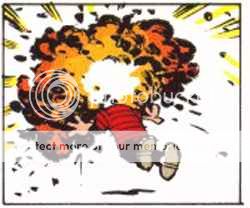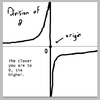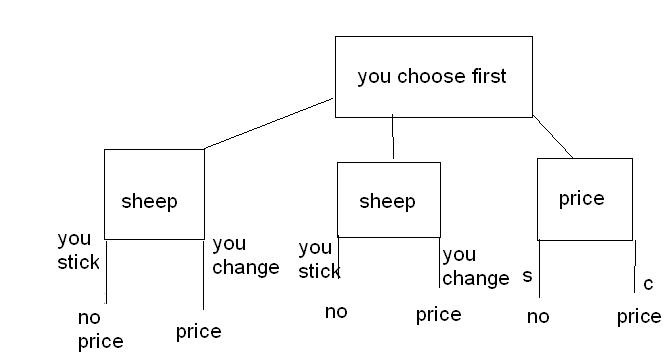- Joined
- Feb 4, 2009
- Messages
- 1,314
It depends on your definition of the word "possible"
EDIT:
LOL It reminds me of string theory
According to string theory, that's impossible. At one point, you'd have reached the "string" level where you'll
find 1 Dimensional strings forming a 2D and 3D universe =p You can't go further than that .. or can you
how often did humanity believe you can't go any further?
I really want to rename "atoms"
the name does not make sense






















